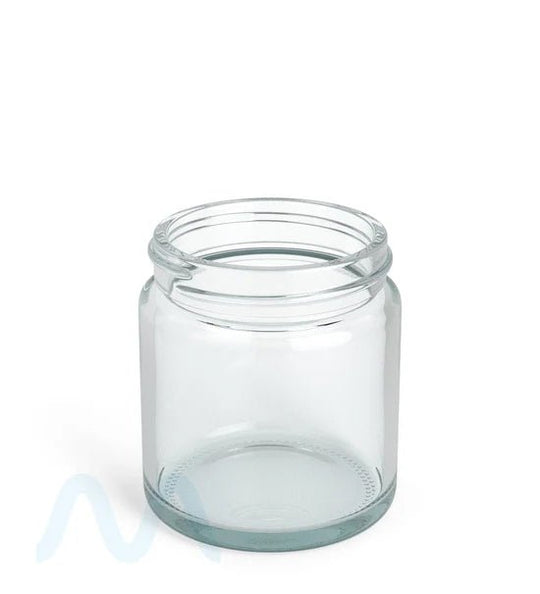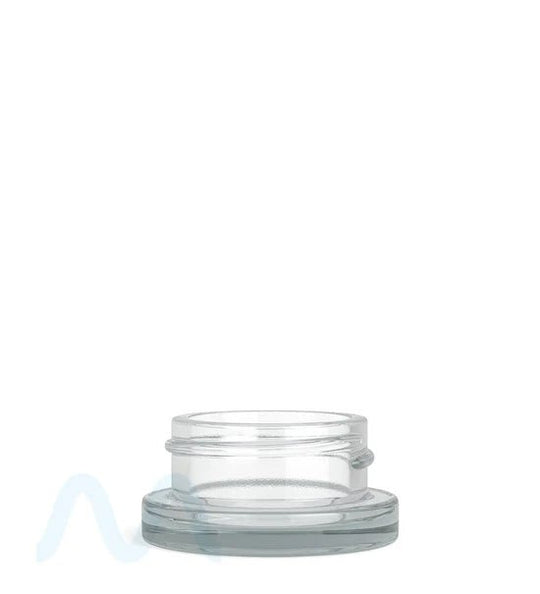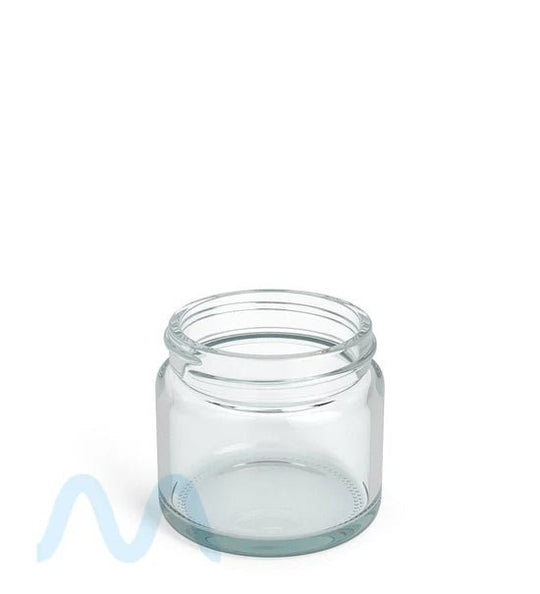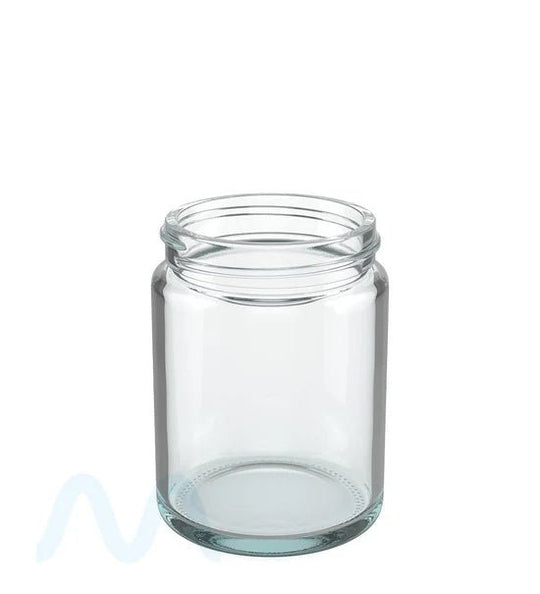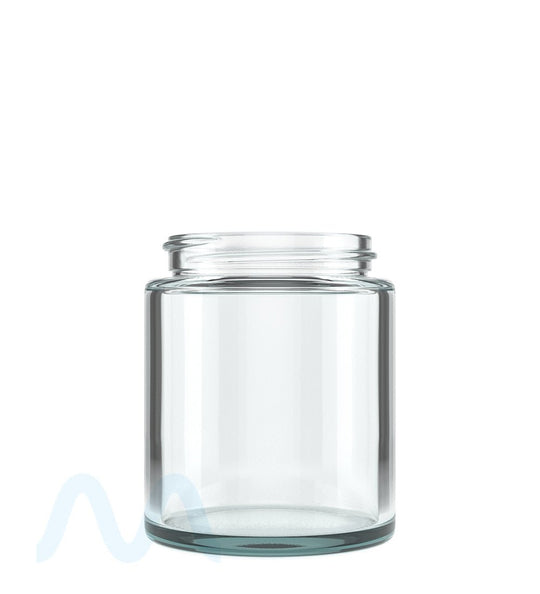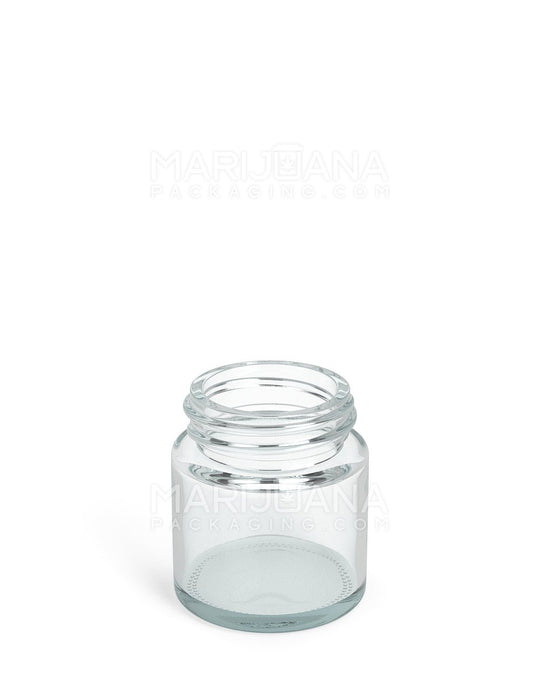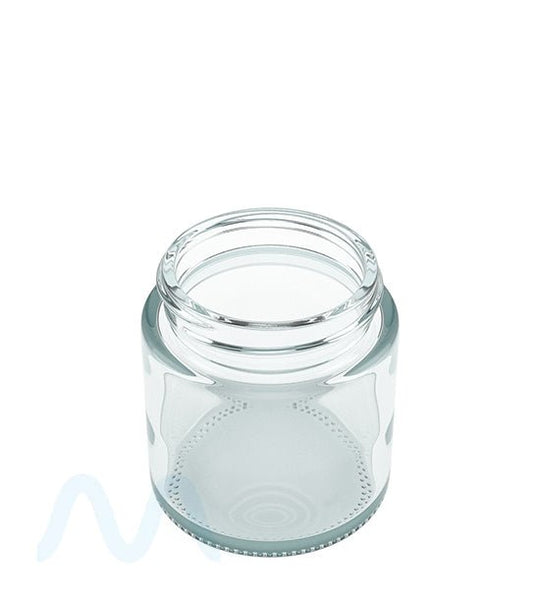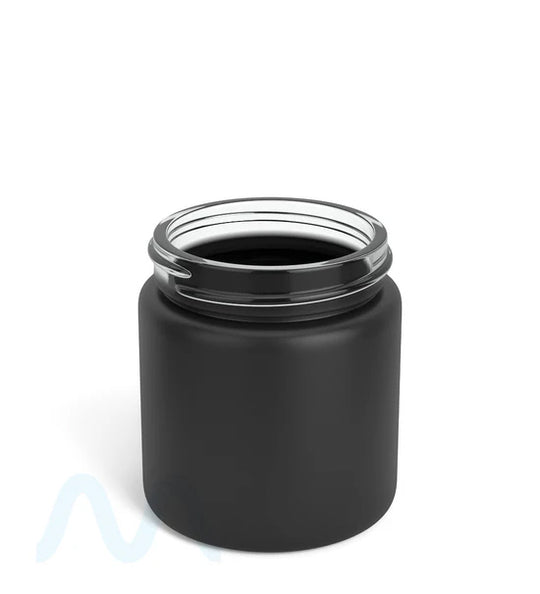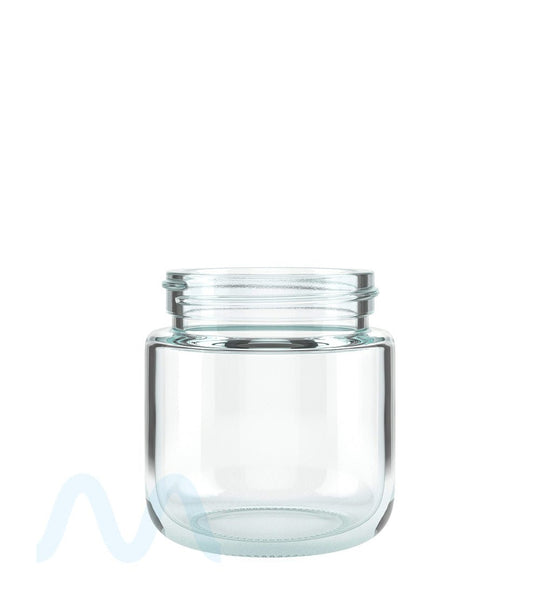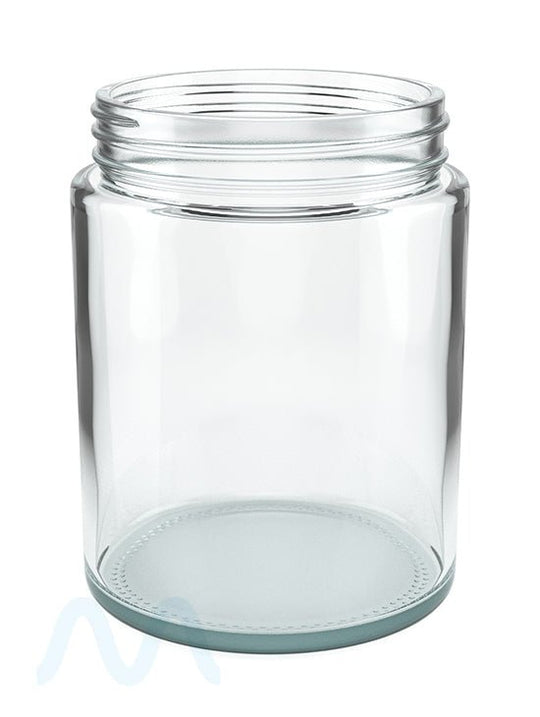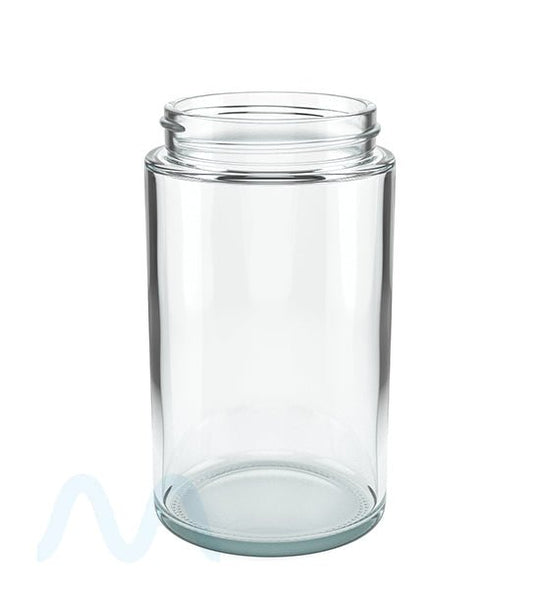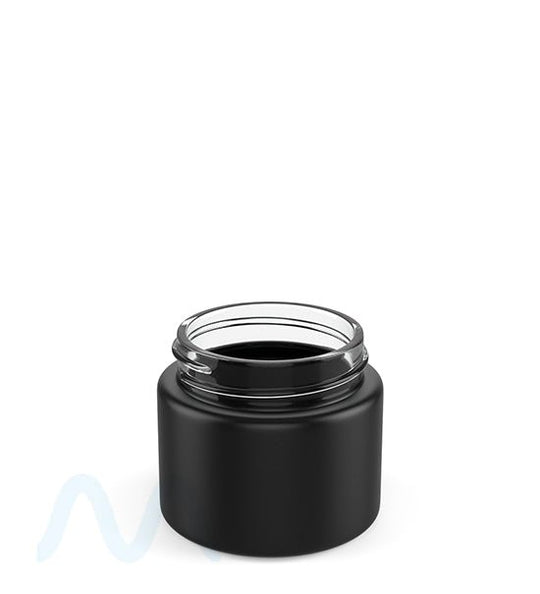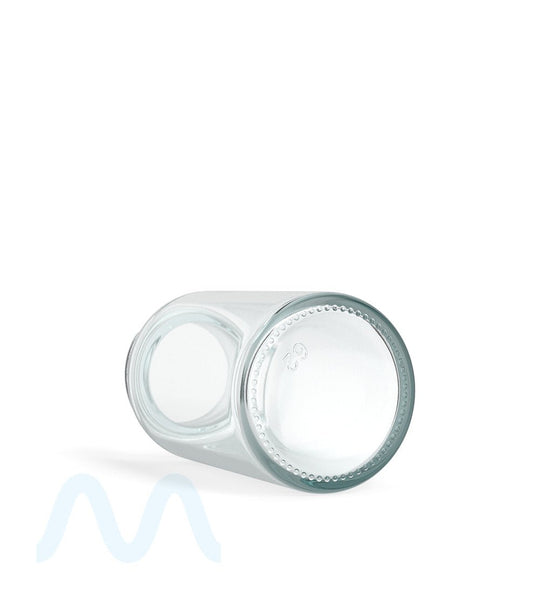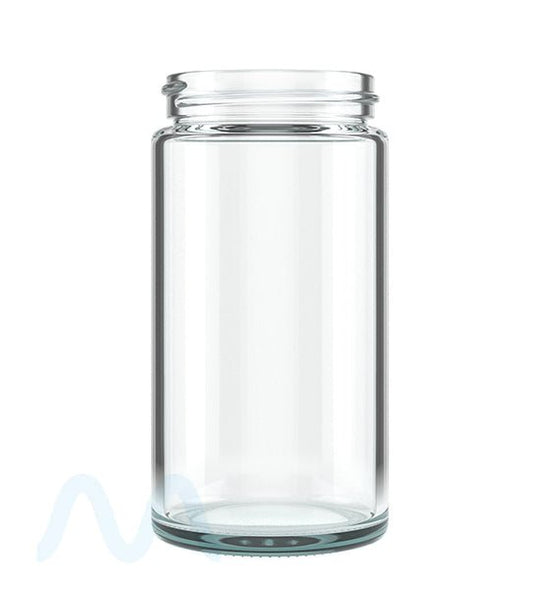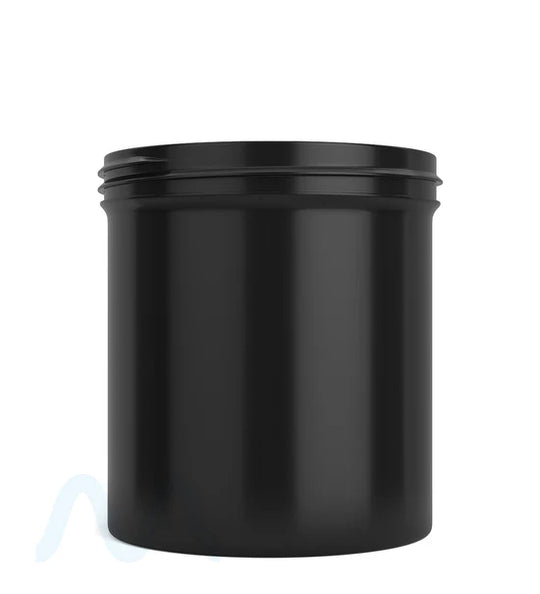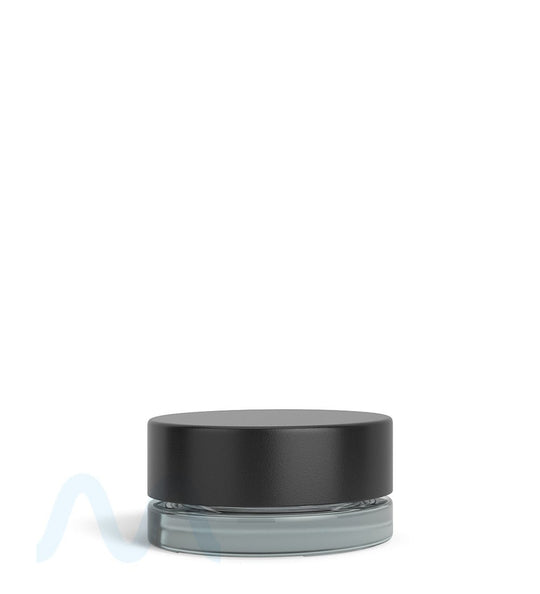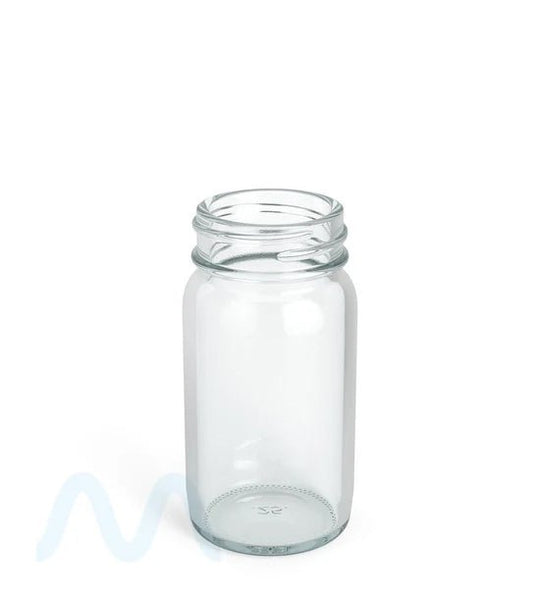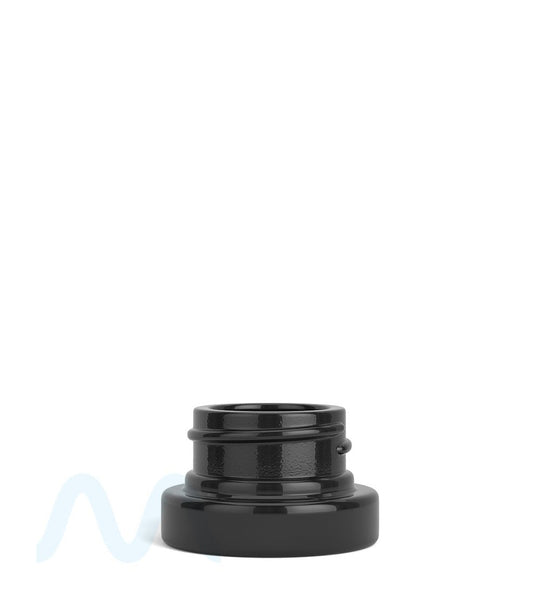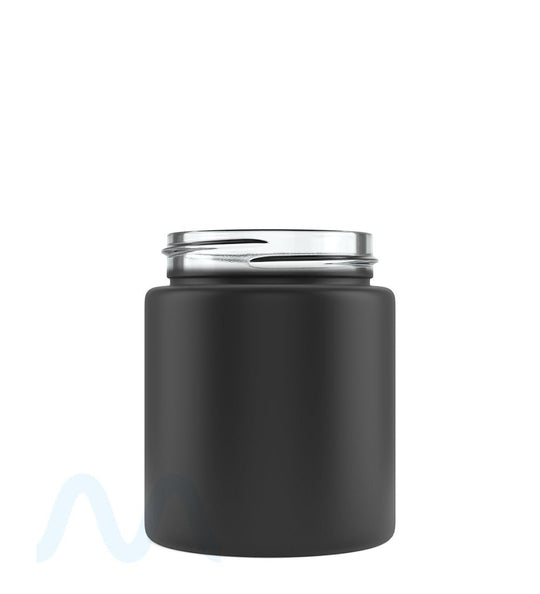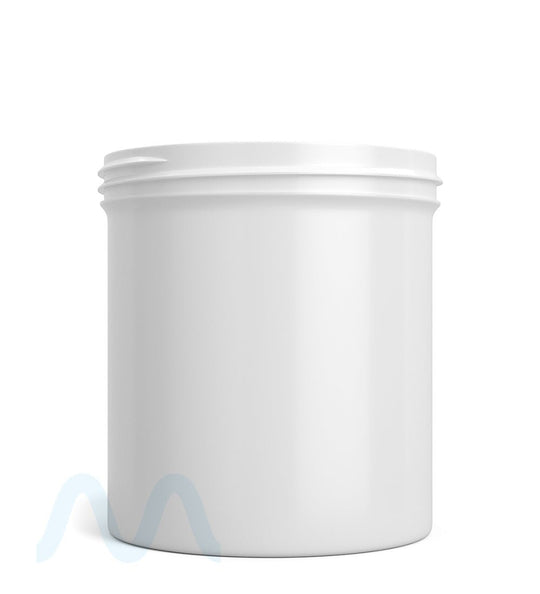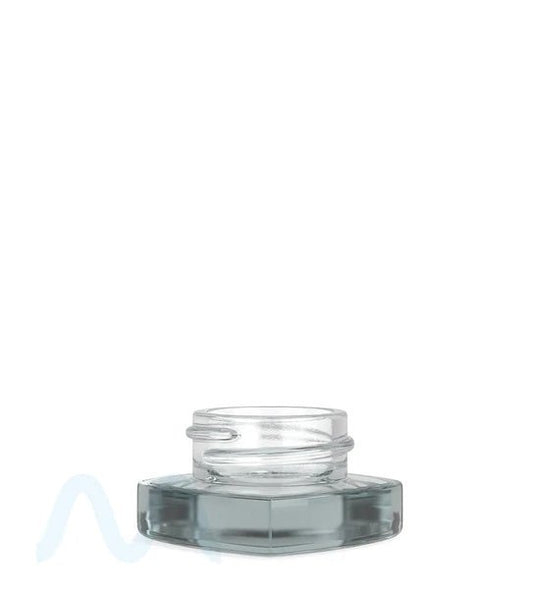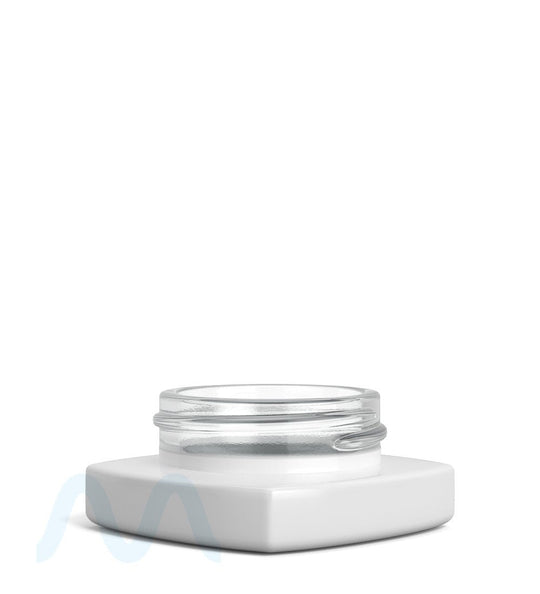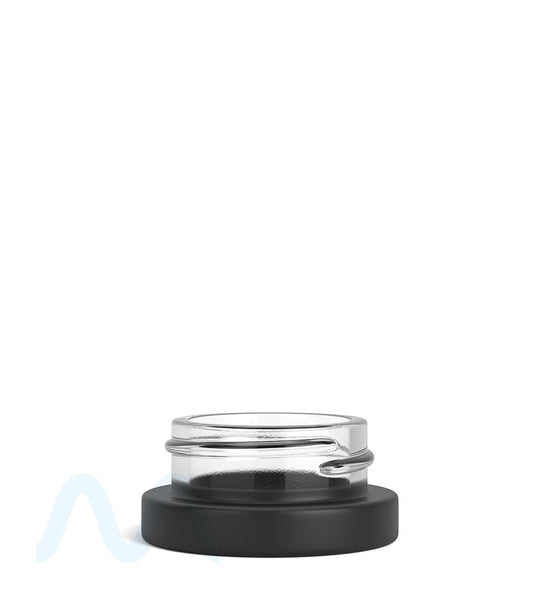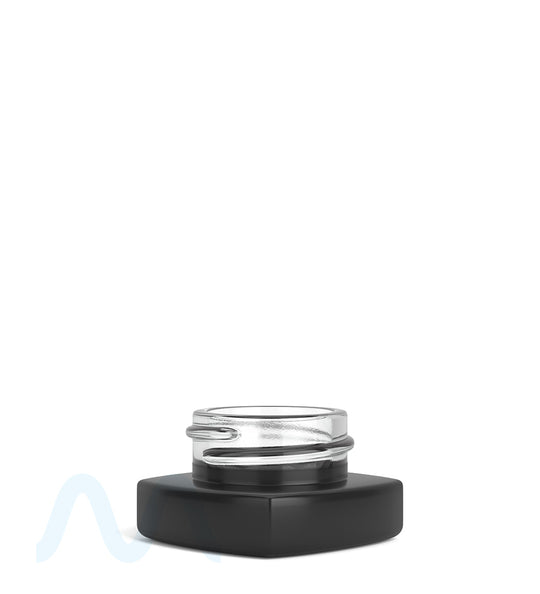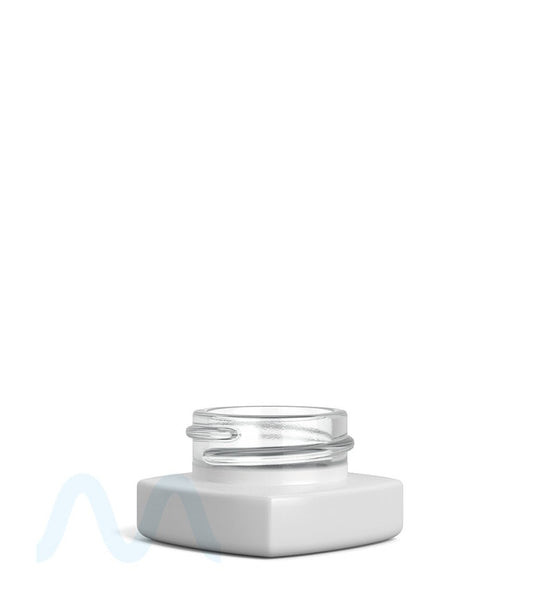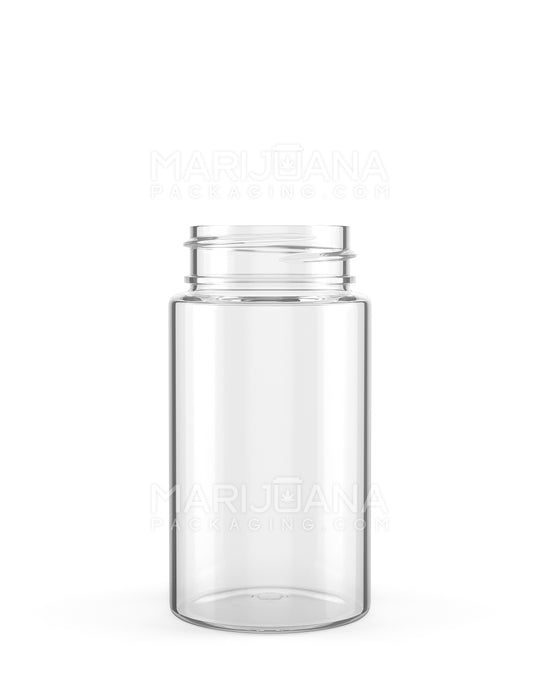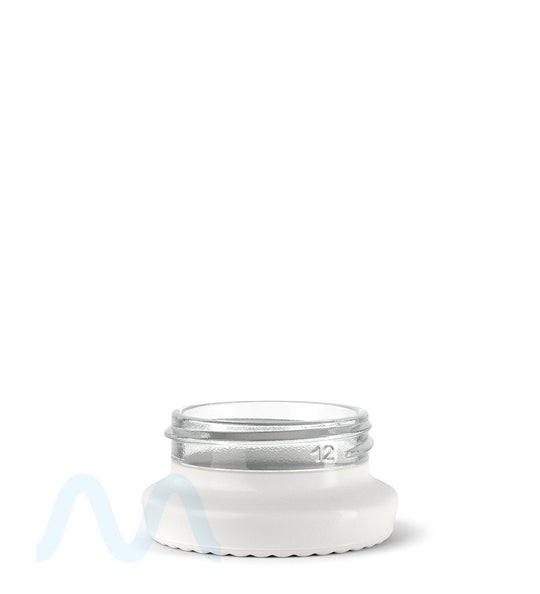Kombucha Jars
Frequently Asked Questions About
Table of Contents
Kombucha Jars for Brewing and Storage
Kombucha jars serve as the foundation of successful fermentation, providing the ideal environment for cultivating SCOBYs and producing flavorful, probiotic-rich beverages. These specialized vessels balance functionality with practical design features that support both home brewers and commercial producers. The right jar can significantly impact fermentation quality, flavor development, and overall production efficiency.
When selecting containers for kombucha brewing, glass remains the industry standard due to its non-reactive properties and superior clarity for monitoring fermentation progress. Food jars designed specifically for fermentation offer the perfect balance of durability and functionality, with features that accommodate the unique needs of kombucha production.
Why Glass is Preferred for Kombucha Brewing
- Non-reactive surface prevents unwanted chemical interactions
- Transparent material allows visual monitoring of SCOBY development
- Impermeable to oxygen, maintaining anaerobic conditions when sealed
- Easy to sanitize between brewing cycles
- Resistant to acidic conditions present during fermentation
Many commercial brewers rely on canning jars or specialized fermentation vessels for their initial brewing stage. These containers provide the ideal environment for cultivating healthy cultures while maintaining proper airflow during the primary fermentation phase.
Essential Features of Glass Kombucha Jars
Glass kombucha jars require specific design elements to support the fermentation process effectively. The most critical features include wide mouths for easy SCOBY access, airtight sealing capabilities for secondary fermentation, and durable construction that withstands repeated use and cleaning.
Wide-mouth designs similar to those found in honey jars allow brewers to easily insert and remove SCOBYs without damage. This accessibility also simplifies the cleaning process, reducing contamination risks between batches.
Critical Components for Effective Brewing
- Wide-mouth openings (minimum 3-4 inches diameter)
- Airtight sealing mechanisms for carbonation development
- Heat-resistant glass for pasteurization processes
- Smooth interior surfaces that prevent SCOBY adhesion
- Stackable designs for efficient storage and transportation
For secondary fermentation, where carbonation develops, containers must provide an airtight seal that contains pressure while preventing oxygen infiltration. Many brewers utilize vessels similar to sauce jars with gasket-sealed lids for this critical phase.
Sizing Options for Kombucha Production
Kombucha production requires vessels of various sizes to accommodate different brewing volumes and stages. From small-batch experimentation to large-scale commercial production, selecting the appropriate jar size optimizes both fermentation quality and operational efficiency.
Home brewers typically begin with 1-gallon containers, which provide sufficient volume for personal consumption while remaining manageable in home environments. Commercial operations often scale up to 5-gallon or larger vessels, similar in size to those used for pickling jars, to increase production volume while maintaining quality control.
Common Kombucha Jar Sizes and Applications
- 16 oz jars: Ideal for flavor testing and small-batch experimentation
- 32 oz jars: Perfect for secondary fermentation and individual serving storage
- 1 gallon (128 oz): Standard for home brewing primary fermentation
- 2-3 gallon: Mid-scale production and restaurant service
- 5+ gallon: Commercial brewing operations
For bottling finished kombucha, many producers select containers similar to sauce bottles that combine aesthetic appeal with functional features like easy-pour spouts and resealable caps.
Wholesale Kombucha Jars for Commercial Brewers
For commercial kombucha operations, sourcing wholesale kombucha jars provides significant cost advantages and supply chain stability. Purchasing in bulk reduces per-unit costs while ensuring consistent container quality across production batches. This approach also minimizes packaging variables that could affect fermentation outcomes.
When selecting kombucha jars in bulk, commercial brewers should consider factors beyond immediate price advantages. Consistency in glass thickness, closure quality, and overall dimensions ensures predictable fermentation results and simplifies production processes. Many suppliers offer volume-based pricing tiers that accommodate growing businesses.
Benefits of Bulk Purchasing for Kombucha Producers
- Reduced per-unit costs through volume discounts
- Consistent container specifications across production runs
- Streamlined inventory management
- Reduced packaging waste through efficient ordering
- Customization options for branded packaging solutions
Beyond primary fermentation vessels, commercial operations require complementary packaging solutions for retail distribution. Many producers utilize specialized food packaging options that maintain product freshness while showcasing brand identity.
Optimizing Your Kombucha Packaging Strategy
A comprehensive kombucha packaging strategy extends beyond primary fermentation vessels to include retail packaging, secondary fermentation containers, and specialized storage solutions. This holistic approach ensures product quality throughout the production and distribution lifecycle.
For retail distribution, many kombucha producers utilize amber glass bottles to protect the product from light exposure, which can degrade both flavor compounds and probiotic content. Others implement innovative packaging solutions like food bags for kombucha concentrates or dehydrated starter kits.
Commercial operations often develop multi-tier packaging systems that include:
- Primary fermentation in large-volume glass vessels
- Secondary fermentation in medium-sized, pressure-tolerant containers
- Retail packaging in specialized bottles with tamper-evident features
- Bulk distribution options for foodservice clients
For operations that produce kombucha alongside other fermented products, versatile containers like food containers can serve multiple product lines while streamlining inventory management. This flexibility allows producers to adapt to seasonal demand fluctuations and market trends.
The growing consumer interest in sustainable packaging has also influenced kombucha packaging strategies. Many producers now emphasize reusable containers, recyclable materials, and packaging systems that minimize environmental impact while maintaining product integrity. This alignment with consumer values can strengthen brand loyalty while supporting broader sustainability goals.
Whether you're launching a home brewing operation or scaling a commercial kombucha brand, selecting the appropriate glass kombucha jars forms the foundation of your production system. By considering factors like material quality, design features, and volume requirements, you can create an efficient packaging strategy that supports both product quality and business growth.









